Socially Engaged Illustration – AOI Member Folios
Images are undeniably powerful – and with this power as illustrators, what is our responsibility?
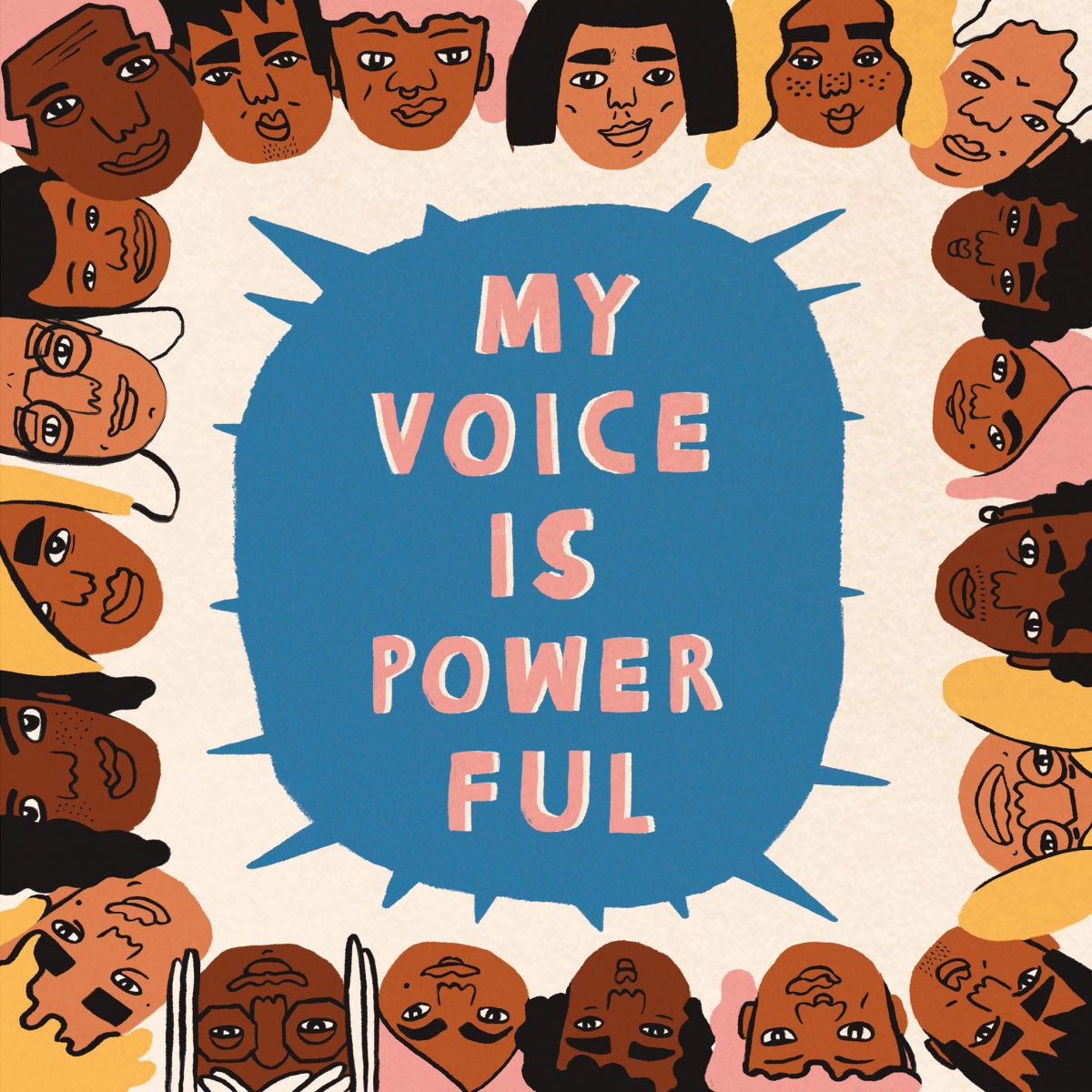
We spoke to AOI members whose work deals with social/political/environmental ideas or activism, and asked what role illustration can play in shaping a better world.
There are many ways in which illustration or creative work may connect to or be underpinned by principles, ethics, activism or advocacy. For Sofia Barton, the creation of images is just one part of a creative practice that also includes workshops and community projects – “My mixed Pakistani and Indian heritage, growing up in Newcastle, often made me feel like an outsider. This sense of not belonging fuelled my exploration of my cultural roots, history, and languages. My art reflects this journey of self-discovery. I’m passionate about bringing people together through art, especially in community settings. My workshops are inclusive of neurodivergents and people with disabilities. My work often draws on hidden histories, like my project with GemArts on Jayaben Desai and other trailblazers. As a queer artist from the North East, I’m also a vocal advocate for LGBTQIA+ rights, and I’ve proudly illustrated miners’ banners for Pride.’’
I see my illustrations as supporting the work of journalists, newspapers, NGOS, media and social organisations, getting the story to a wider audience, trying to drive viewers towards information that’s accurate, and drawing in people and sparking conversations about important issues.
Surasti Puri
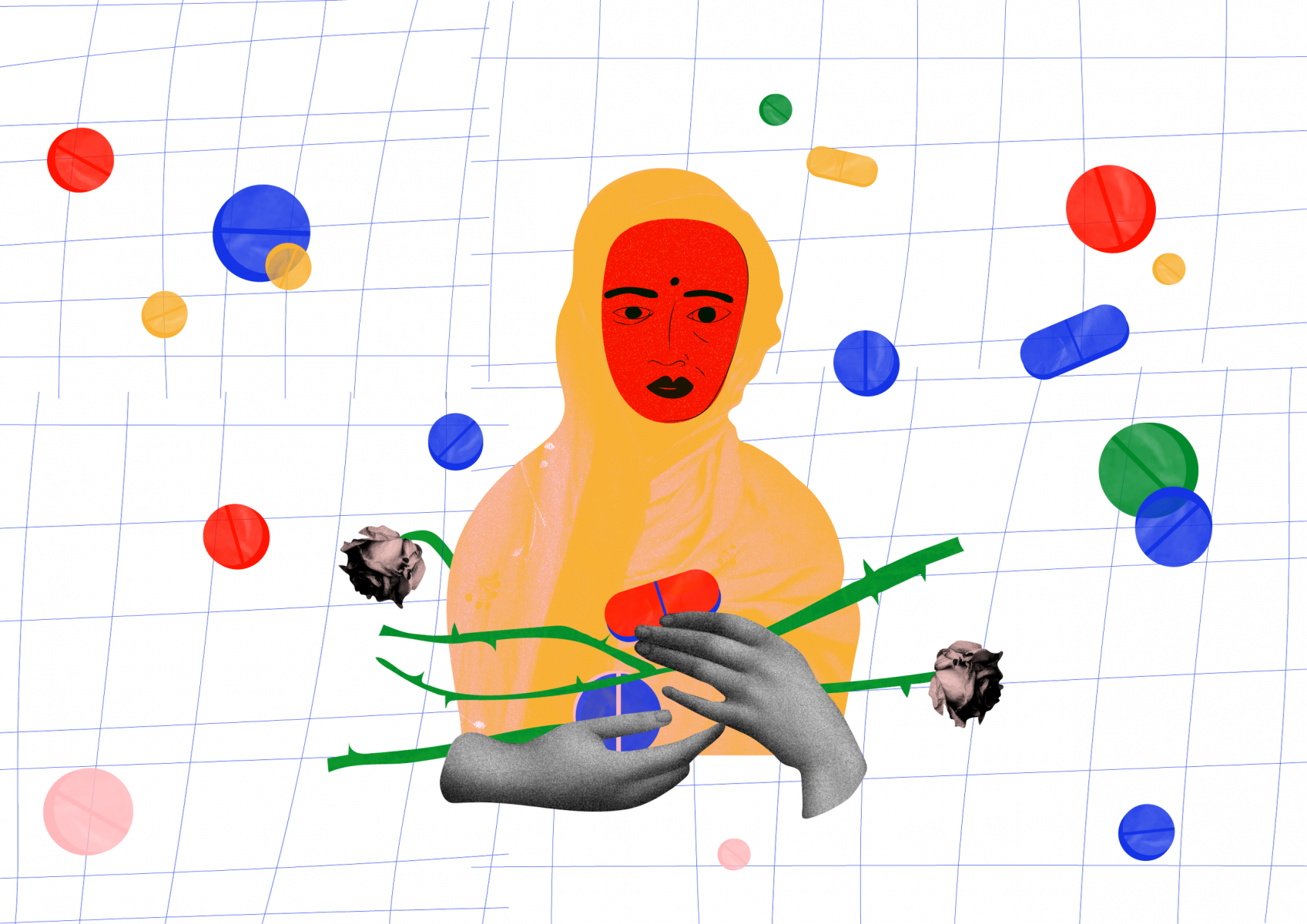
Surasti Puri tells us that, “whatever you call it – socially relevant work, politically driven art – It’s what keeps me going”, and this motivation is clear in every aspect of her multifaceted practice and career that includes her role as Head of Design at a non-profit working at the intersection of data, design, journalism and technology. When it comes to the illustrations themselves, her background in art history is useful “…and the visual language of protest, I often draw on existing graphics, icons, or artefacts. By incorporating these elements, I aim to connect my work to a history of activism (when it exists for a particular piece). Culturally sensitive and informed illustration is crucial. It can breathe life and relevance into a piece by placing it within a broader context.”
They say a picture is worth a thousand words and so our artwork can be instrumental in changing how others view the world through our eyes. It can change minds by illustrating a complex emotion or political injustice, or even arranging complex information in a way that makes it easy for people to understand.
Grace Enemaku
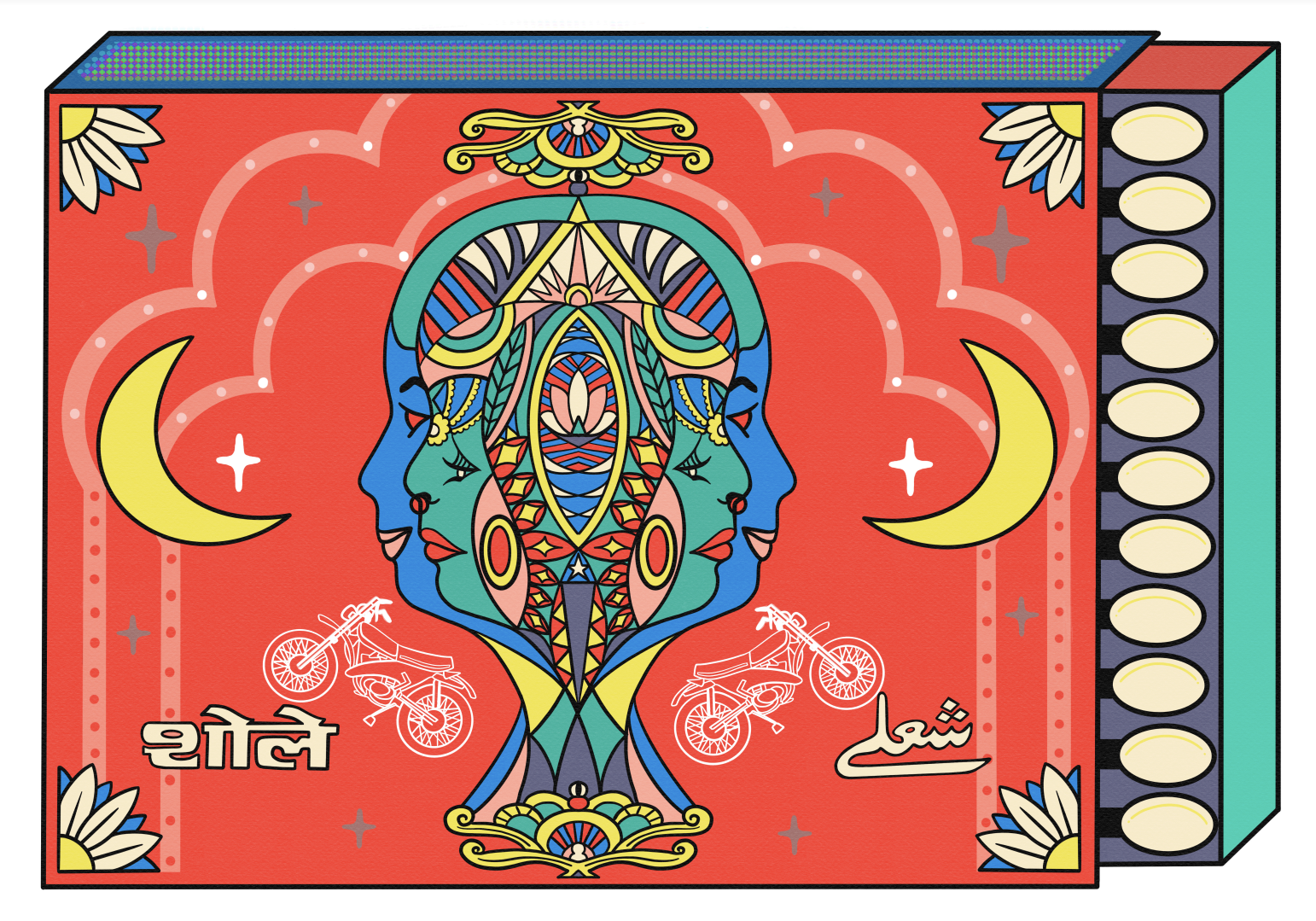
For me, my politics play an essential role in my work. Images impact us in a strong way from a young age on and I want to create something that expands our sometimes narrow views on the world and people.
EL BOUM
A common theme in these conversations was the strength of imagery in storytelling and empathy. Jasmine Hortop, an illustrator and muralist whose work focuses on advocacy for sustainability, conservation and relationship to nature, notes that “When we connect with our earth we are more likely to protect it.’’
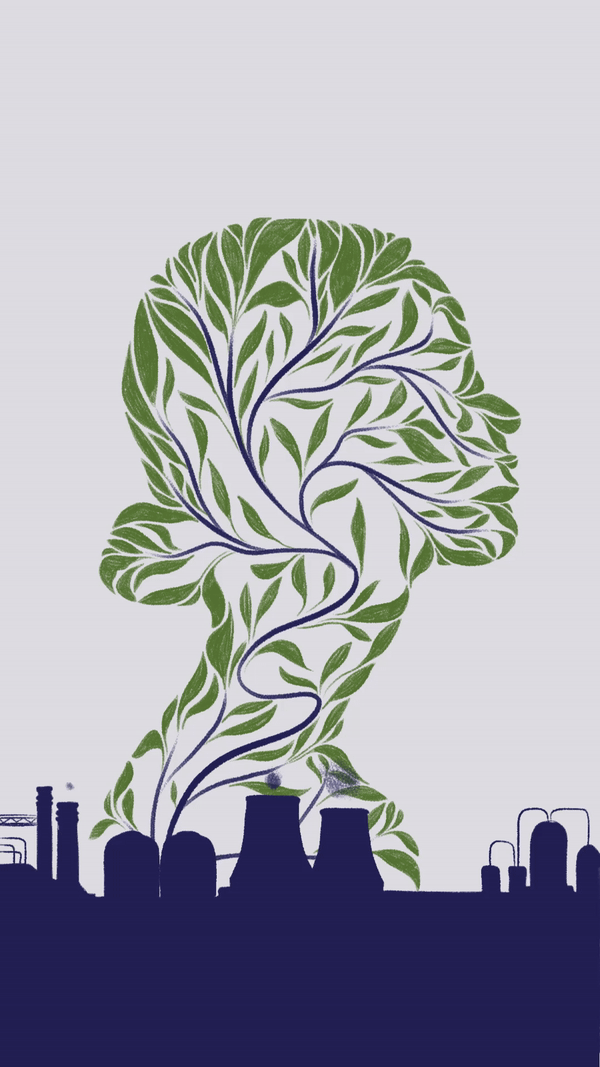
EL BOUM talked to us about what they see as the responsibilities of narrative imagery both for children and adults – “when certain images and ideals presented to children are reinforced over years of consuming media, the images and representations become their reality. It is our job as illustrators to do the work the children are not able to do and not feed them stereotypes. And I believe the same goes for adults, you can still change how you see the world. We can normalise that people from the global majority hold positions of power, that people with disabilities live active and full lives, that queer people become parents and that we all have body hair.”
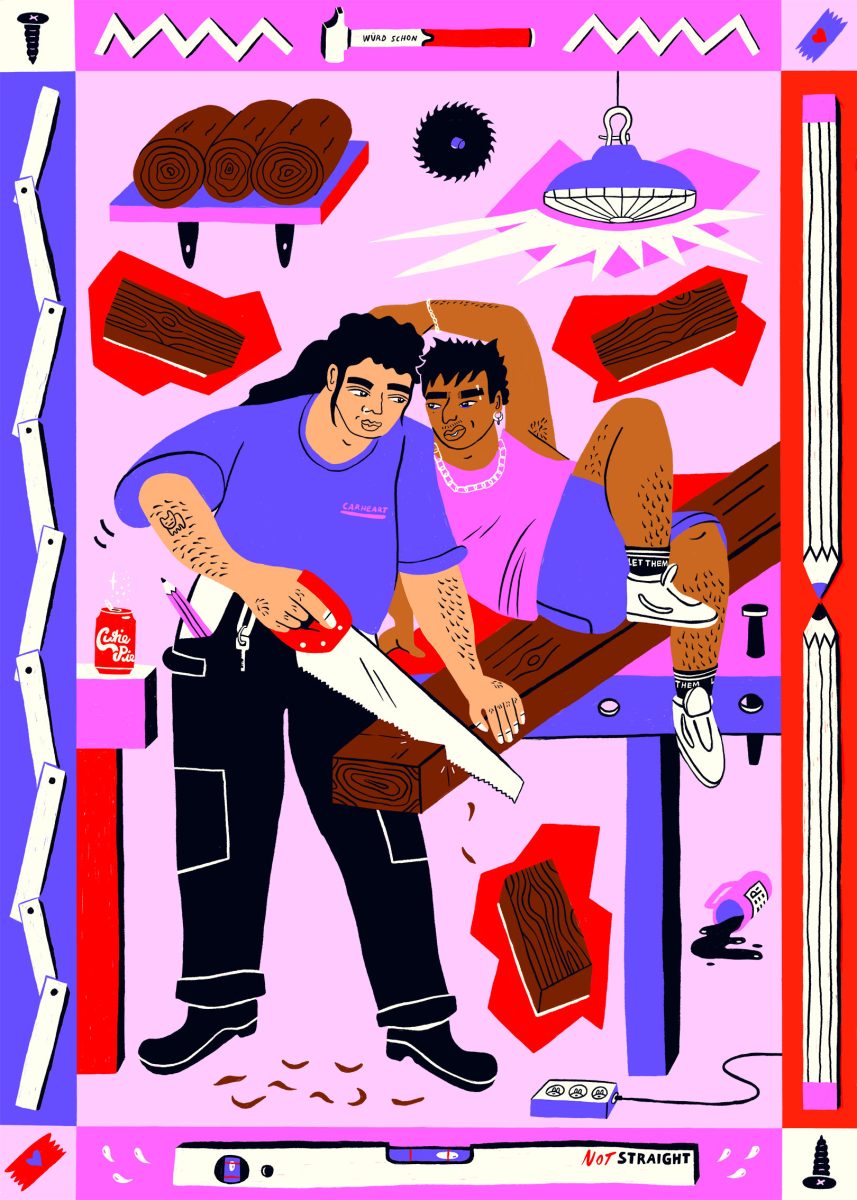
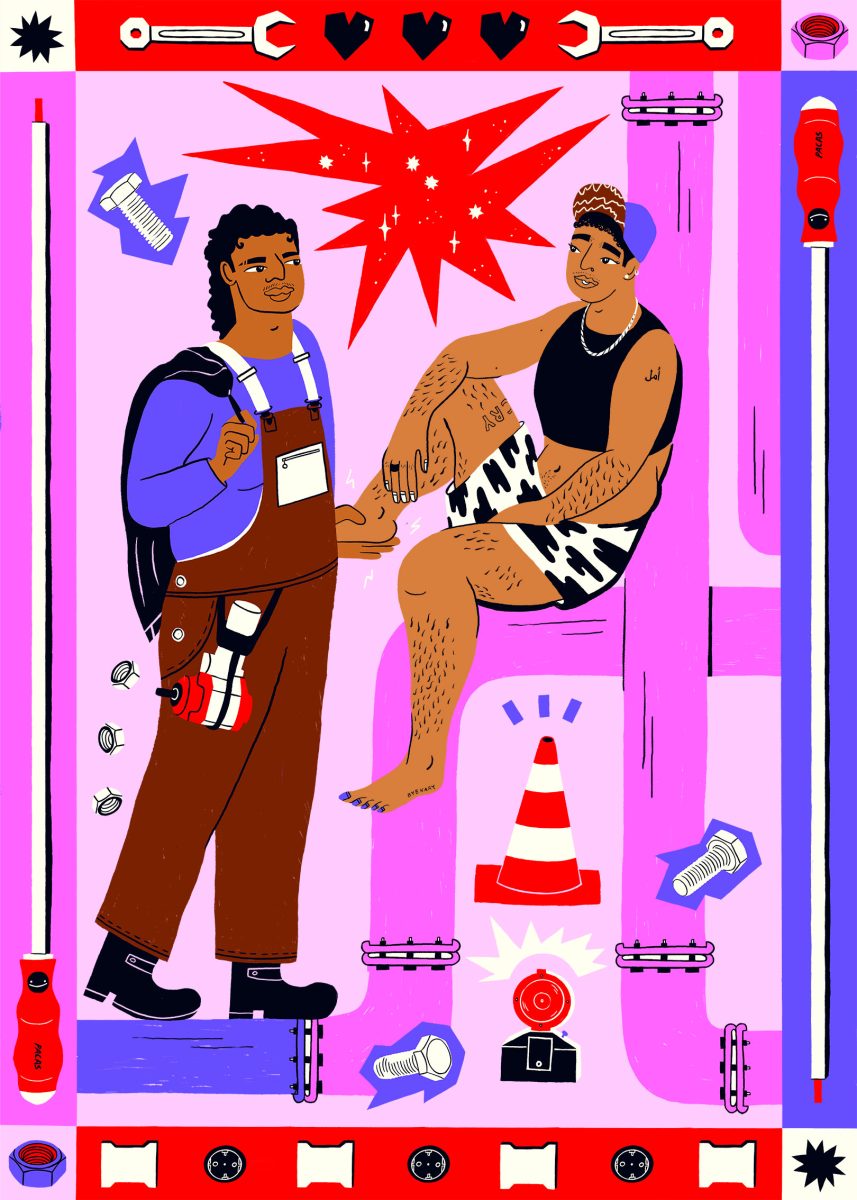
Grace Enemaku demonstrates how her multidiscplinary practice creates space for others, including fellow illustrators and creative practitioners. Grace’s work ”often explores my biracial Black and Irish identity and I use it to create imagery and narratives that I wish I had seen growing up, whether it’s beautiful Black women thriving or images of female empowerment and even building spaces in real life for POC to be creative together through DesignOpp.” Grace founded DesignOpp, an Irish Design Institute initiative, to champion POC creatives in Ireland through creating opportunities, decolonising design curriculums, and “lastly, and in my opinion most importantly, we’re building a community where Creatives of Colour can meet, learn and grow together because being a Creative of Colour can be a very lonely experience in Ireland.”
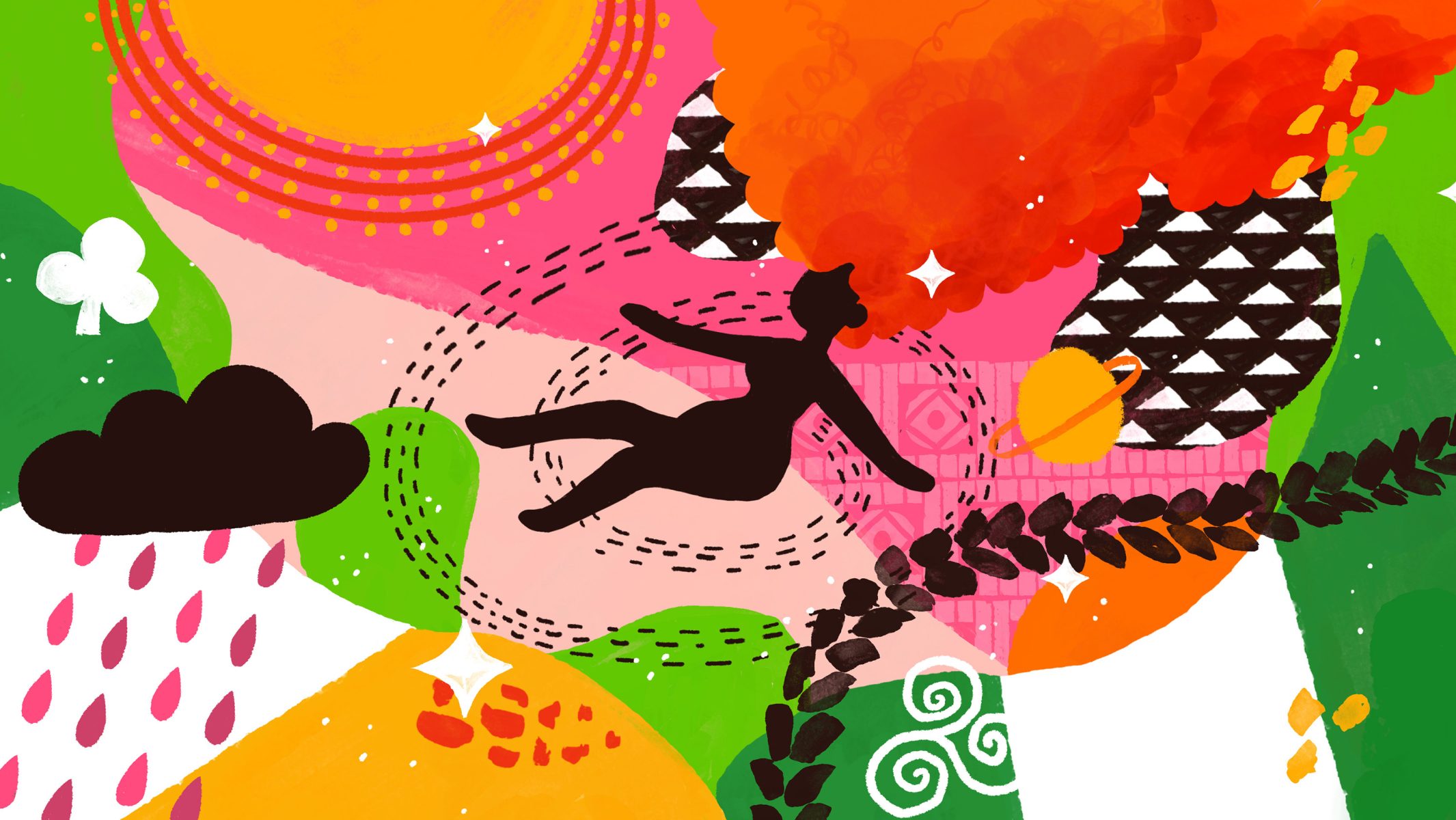
Elle Sorridente describes a relationship between idea and practice that will feel familiar to all creative workers – “The ideas and topics that float around in my brain become a kind of fertiliser for the soil that my work comes from.” She notes therefore that consciously reflecting on socio-political issues, interrogating bias and learning more about building community are all an integral part of making images; “there are themes connected to those ideas that surface again and again in my professional and personal work. Some projects are more overtly political, but for me everything comes back to politics, to the lens through which we understand, and relate to the world around us. I would say much of the work I make is woven of my political beliefs and hopes, even if it is not directly addressing any one issue.”
Illustration is a powerful communication tool, and like any other, its power is in the hands of those who use it, illustrators first and foremost, but fundamentally, clients and media, brands and institutions. Message and conceptualization make the difference.
Inma Hortas
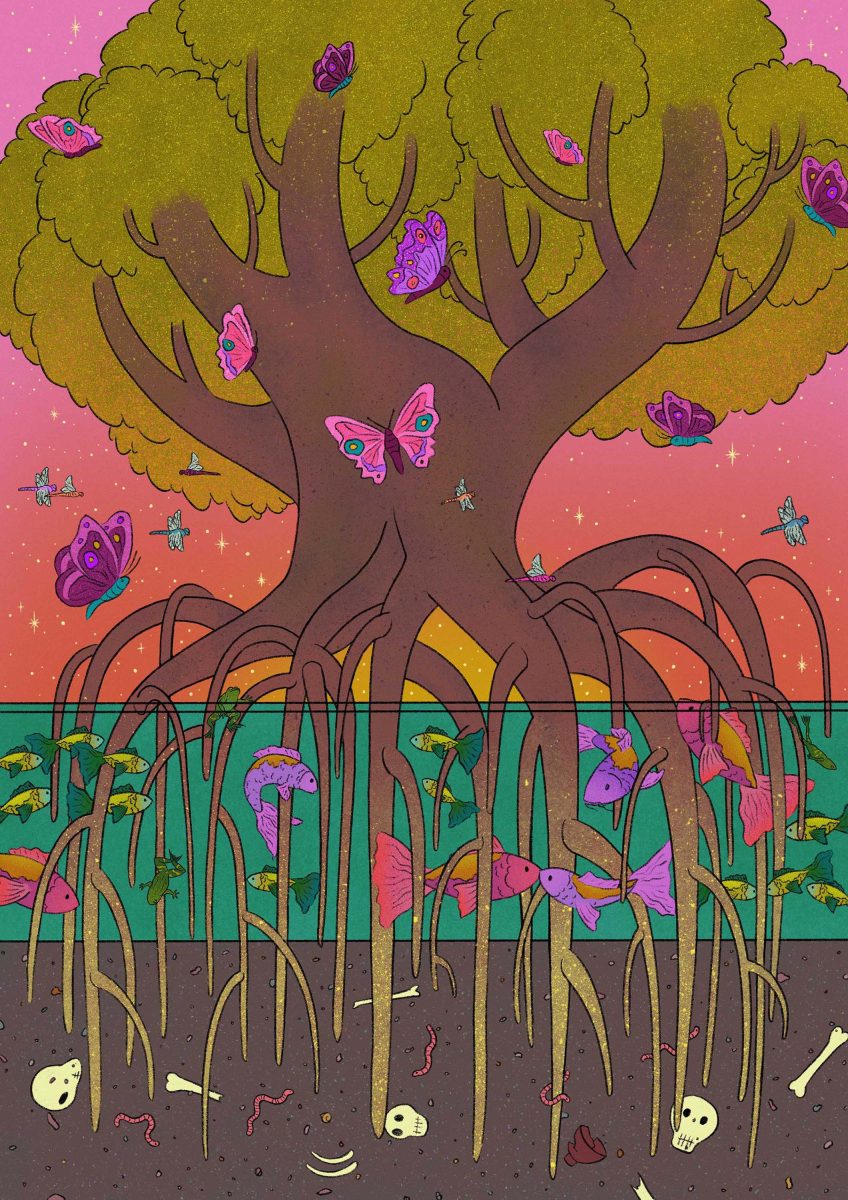
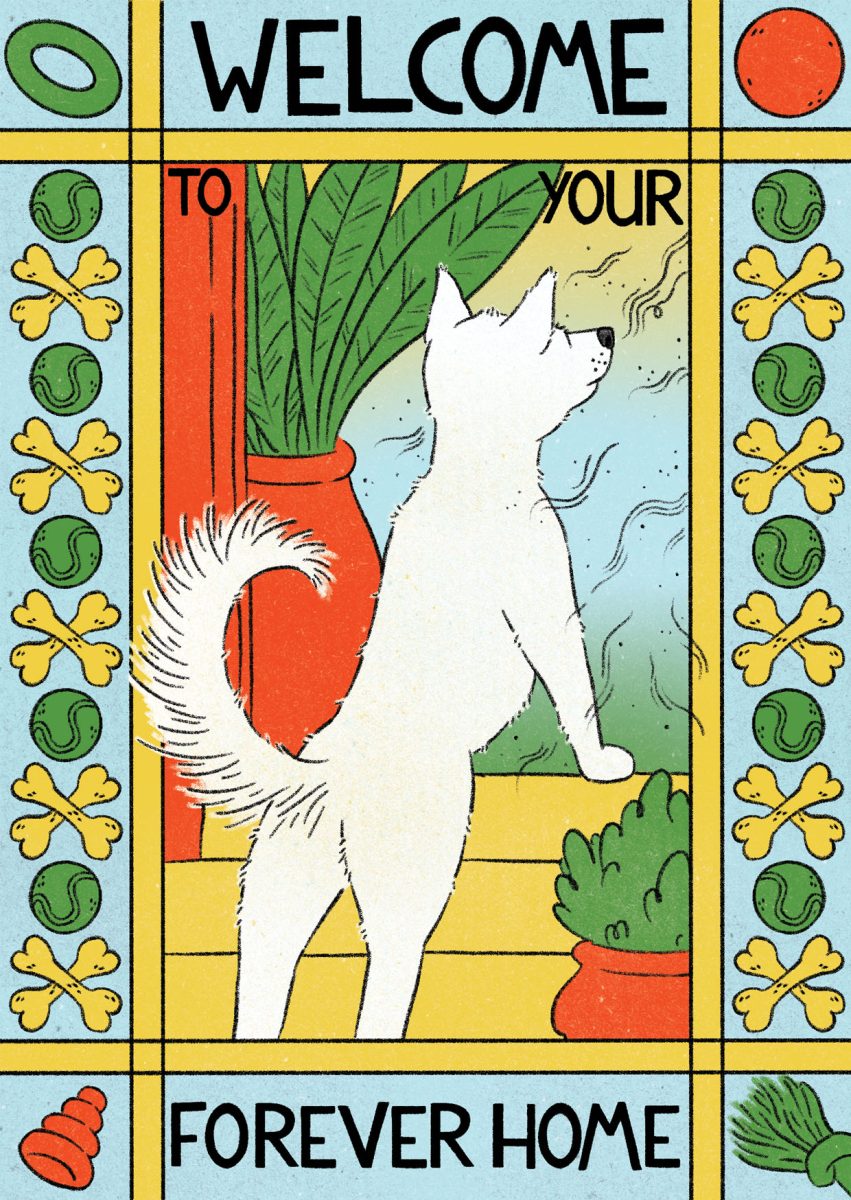
Of course, its important that the work of illustrators is taken seriously and compensated fairly. Surasti Puri acknowledged a tension between professional ethics and financial stability, “I realise it’s really challenging to find clients whose values align with yours and I’m aware how fortunate I am to be able to work in this niche and support myself. ”
But is ‘selling your soul’ necessary to make a living? The illustrators we spoke to had some practical advice. What you have in your portfolio matters, as Inma Hortas tells us, “my style and values of representation already work as a form of “natural selection” of clients. My work is not for everyone, but if the client appreciates it and feels aligned, it is a sure match”
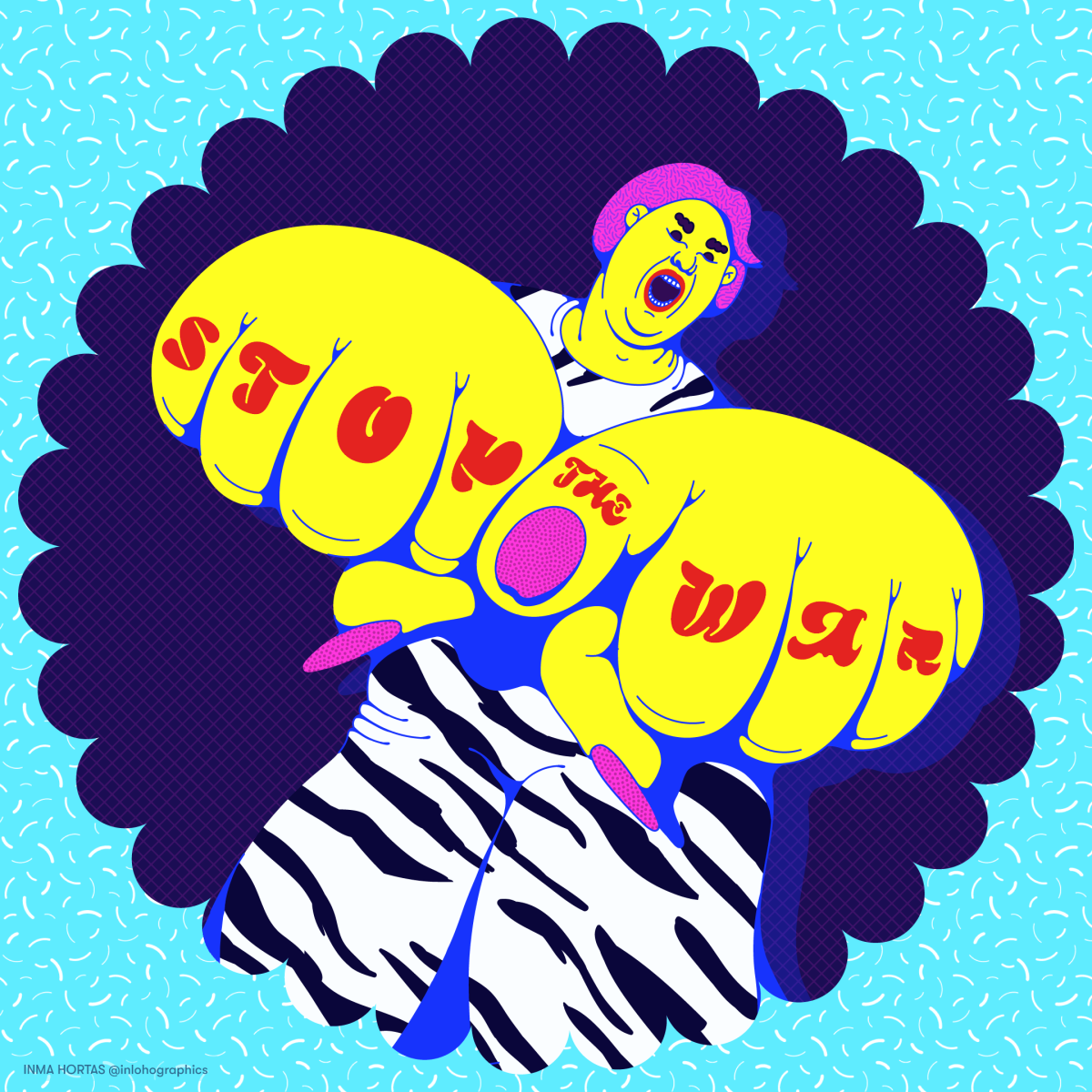
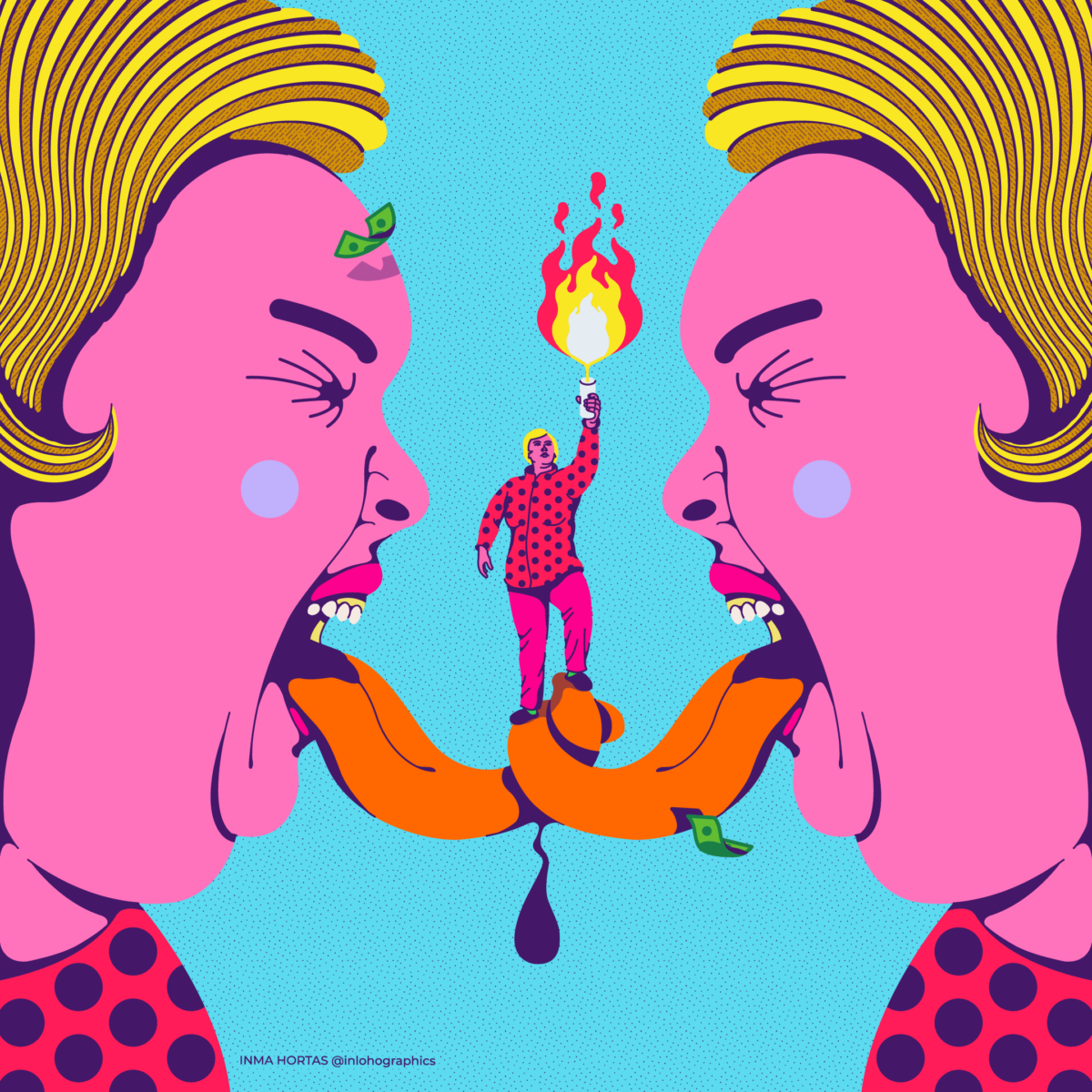
EL BOUM finds a balance and does their research, “I like to work with brands and bigger clients to be able to take on projects that personally feel close to me. I usually do a quick background check of the company/client before I decide if I work with them or not. If they do not match my values at all, I turn them down. But I understand that it depends if you’re in a place of financial freedom that allows you to make that decision.”
Jasmine Hortop tells us she’s made sure to discuss her ethical stance with her agency, so that they know the kind of jobs and clients to look for. She also echoes Inma Hortas, telling us that a specialism or a niche can actually be a benefit to networking and finding opportunities. However, she warns its always important to keep a critical eye and look out for corporate ‘washing’ tactics, “I see the potential of clients wanting to use my specialism and experience to add green credentials to their projects, and often being the communicator between a brief and the public, I see a crucial responsibility in the role we play in this field. I keep educating myself in this area, using resources like Creatives for Climate’s spotting greenwashing training, pledging to the Creative Charter, and undergoing Carbon Literacy training.”
Grace Enemaku shares a tactic she and the team at DesignOpp use. “In all the client work that we do with DesignOpp for bigger brands, we put aside a percentage of the fee that we use to fund smaller projects and events for our community.”
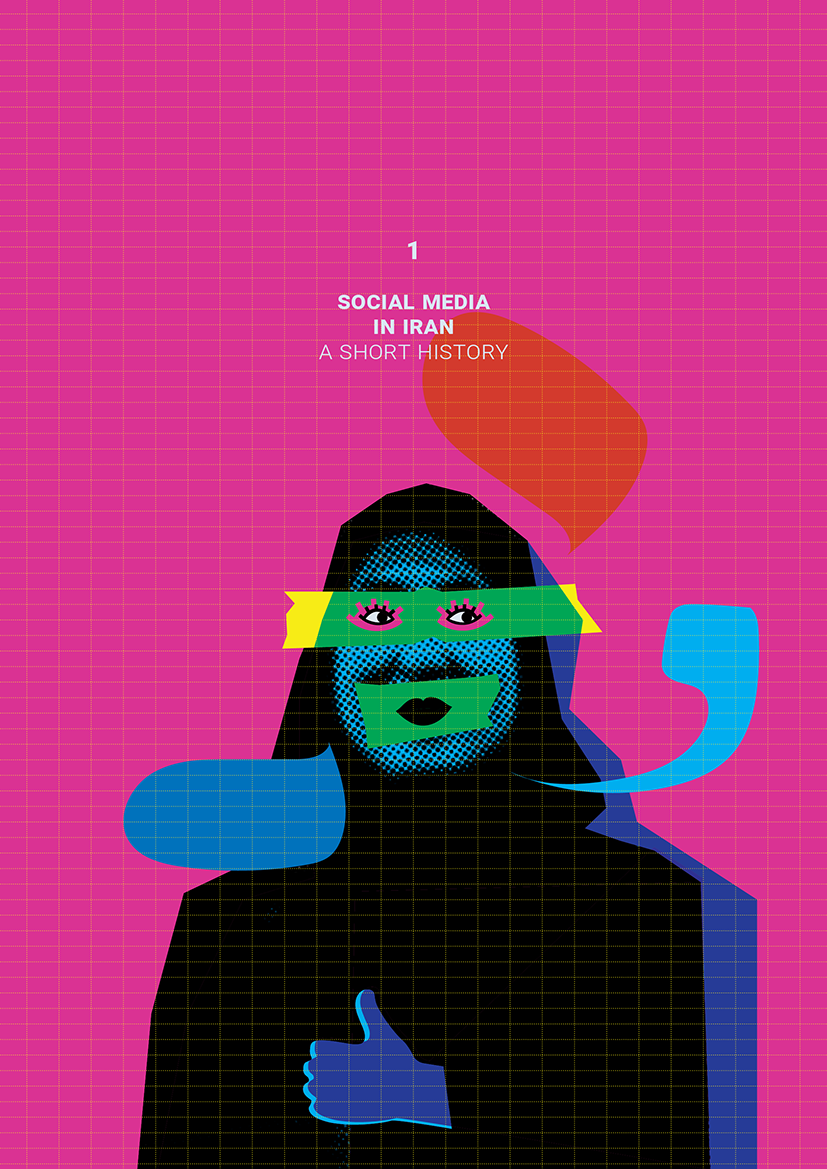
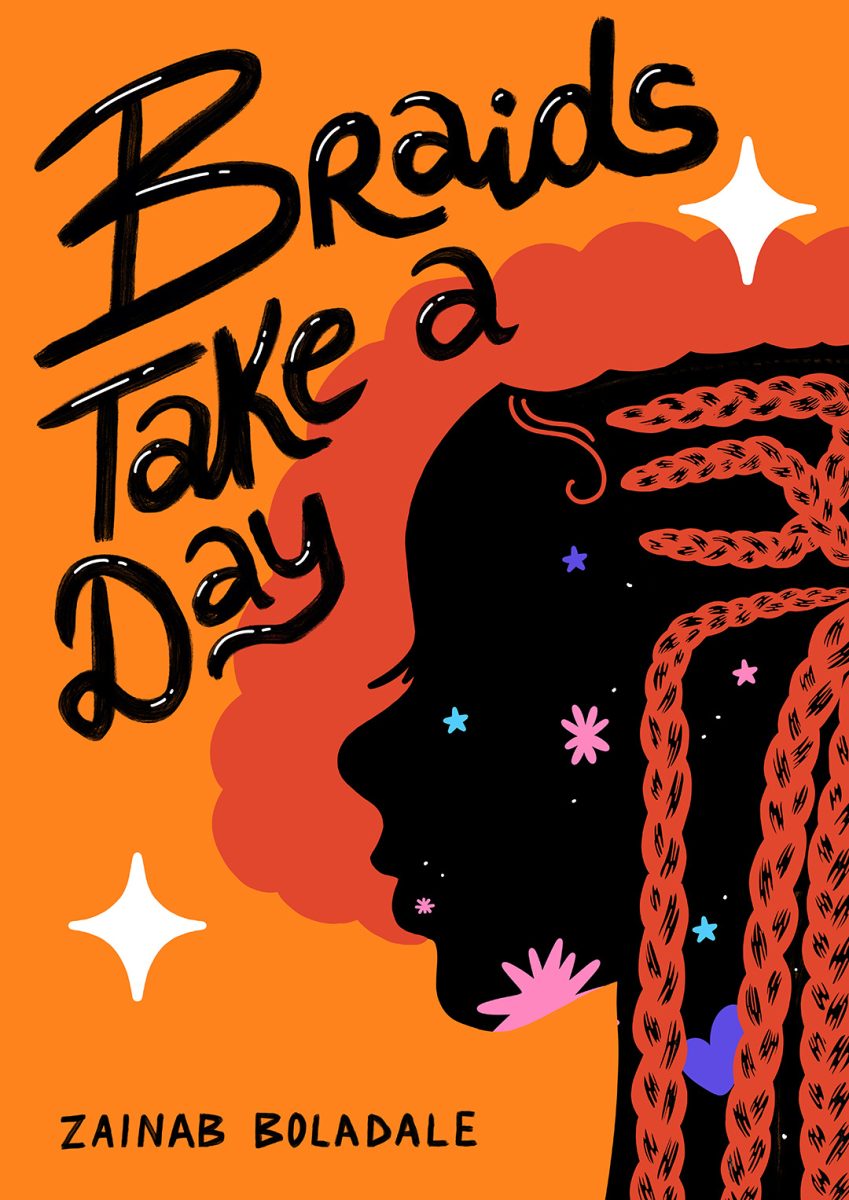
Elle Sorridente presents a pragmatic approach, and notes the benefits of keeping an open mind with potential clients. “Of course I love to work with clients whose ethos align with my own, however I have to be realistic, I have bills and like eating. So, I work with a range of clients, as long as they aren’t doing or promoting anything harmful, or in ideological opposition to my beliefs, I’m happy to work with them. In fact sometimes this can be a good opportunity. If the client is open, you can have conversations, and prompt creative directions that may not have happened otherwise.’’
Surasti Puri also told us a story about a time that her illustration led the client’s direction – “I remember working with an organisation that wanted an illustration for research they were doing on the innate biases of technology and accessibility. I created a piece highlighting unequal access to technology across certain communities, and they responded saying this sparked an internal conversation about the exclusion of people of colour, and how they had adapted the piece to touch on this point.’’
Small actions can build up to have a big impact, and illustrations can do that – whether that’s by starting a conversation at home, with one’s family or making a topic less scary and that much more accessible…
Surasti Puri
Illustration and creative work is intertwined with and has a role to play in social, political and environmental movements. As Elle Sorridente rightly says, “the history of protest and activism is full of inspiring art, design, music and illustration. The visual arts have often been at the very forefront of movements, capturing zeitgeists and distilling concepts.’’
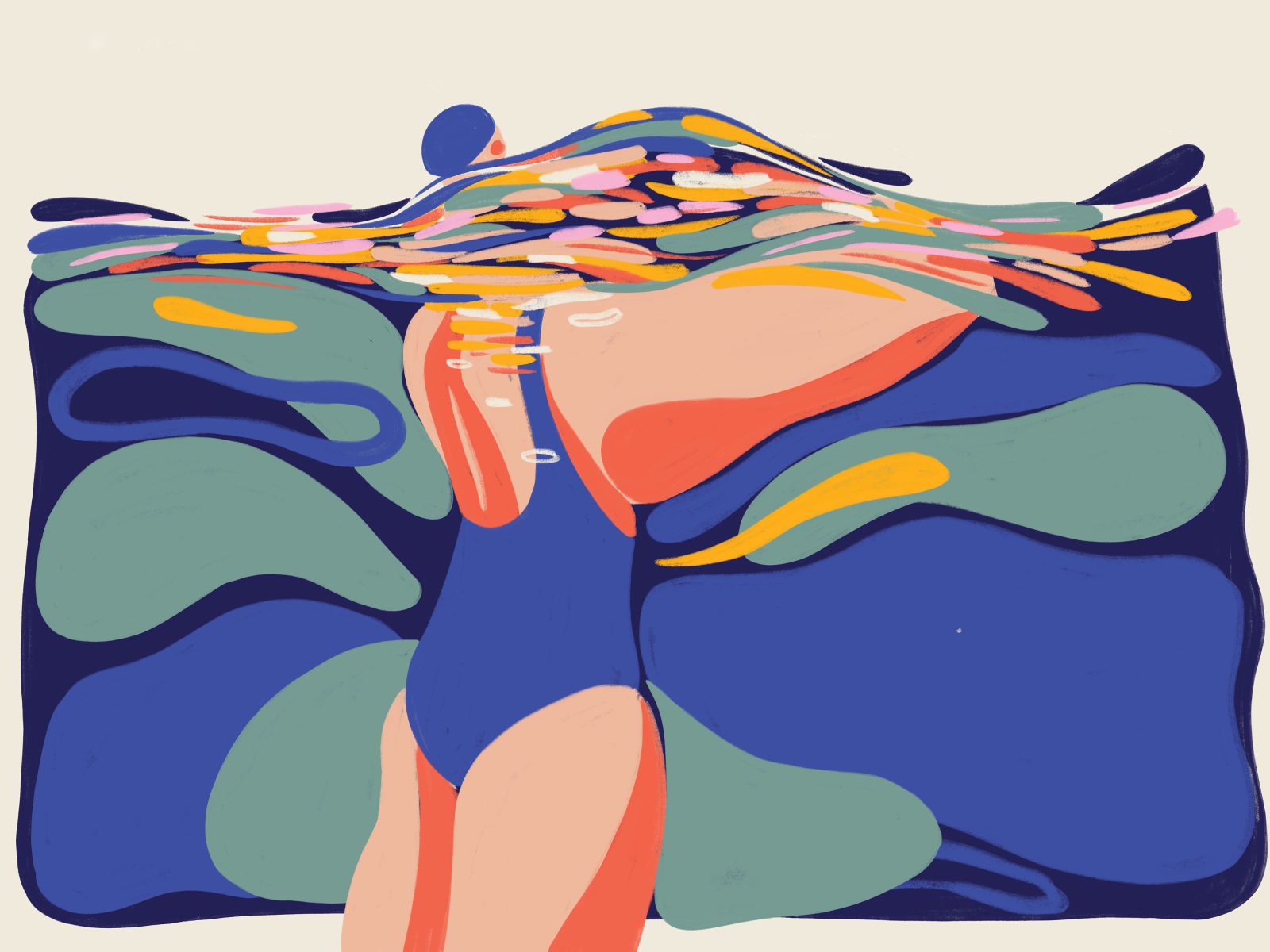
Even if your own creative work may not be directly linked to activism, thoughtful approaches and conscious decisions within any creative practice are meaningful. A visual language is made up of reference – what cultural reference points do we focus on? This can extend even outside of the actual images we produce – a common thread in the responses was on the decisions around the materials we use, the impact of data storage, accessibility needs in workshops, and connection to community.
I think [Illustration] can encourage people, make them share stories, transport knowledge and information, make them feel something. And ultimately bring colour and hope to our fights.
EL BOUM
With thanks to our illustrators, activists, and community artists. If you’re looking for more discussion on how illustration can portray our realities, join Justyna Green in conversation with Montana Forbes in the next instalment of the AOI Drawing Diversely series. And – if you missed the first instalment of our Neurodivergent Narratives series, keep an eye on our events page and either your members’ newsletter or external newsletter so you don’t miss the next in this new quarterly series!
Sofia Barton
AOI Folio | Website
Surasti Puri
AOI Folio | Website
Jasmine Hortop
AOI Folio | Website
Grace Enemaku
AOI Folio | Website
Elle Sorridente
AOI Folio | Website
Inma Hortas
AOI Folio | Website
Back to News Page
